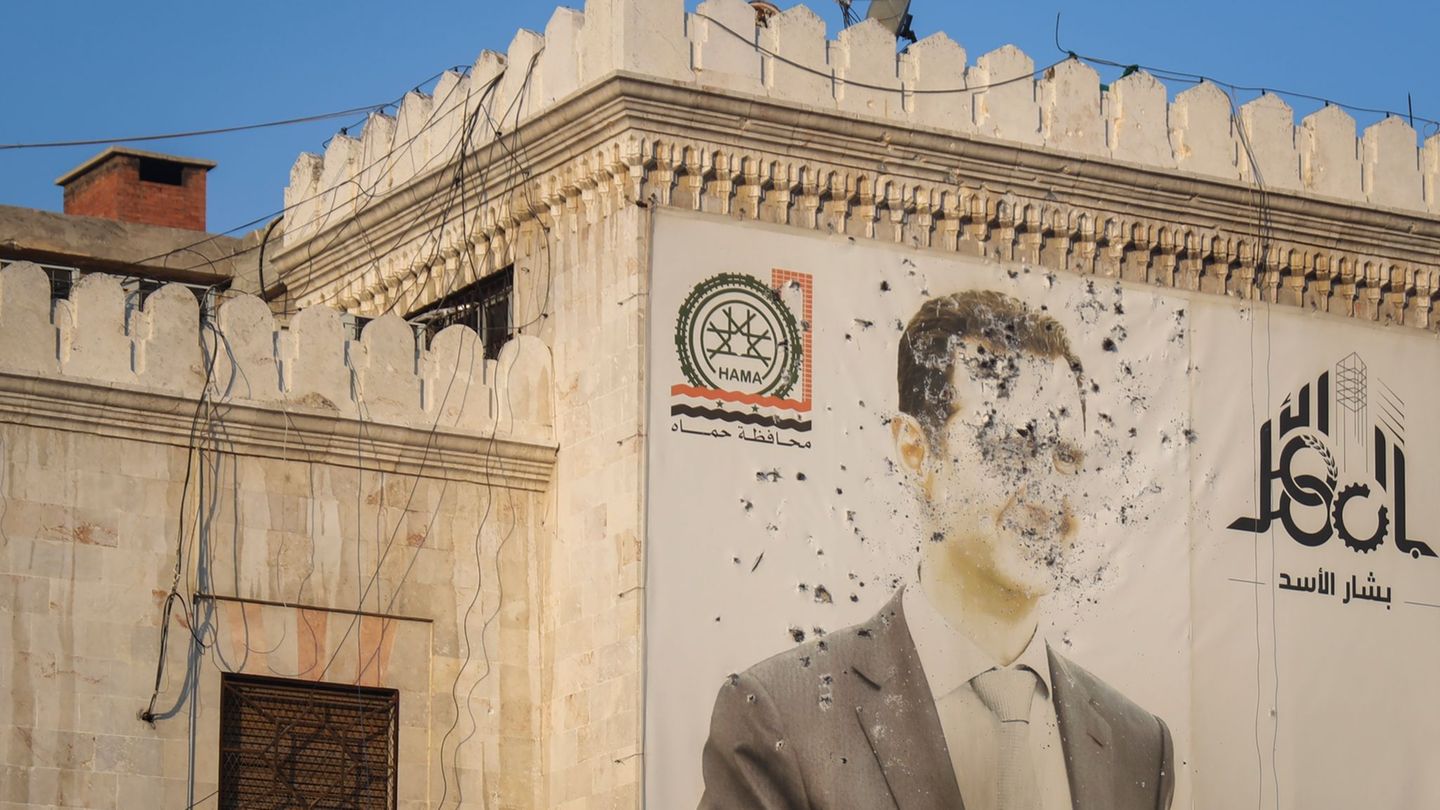One of the main common denominators of the crises and the constant difficulties that our economy is going through is the external deficit, basically the “lack of dollars”. This is a recurring problem in our economy, which is known as “external constraint”, and it works like a stone behind the accelerator: it limits the speed at which the economy can go, and when it comes to forcing a more gear, the engine stalls and wears out, making the entire car run worse and worse. Without foreign currency income, it is impossible to finance growth, which requires imports for both consumption and production.
The causes of the “external restriction” vary, but can be summarized in two main categories: poor macroeconomic management and poor export performance. The consequences, meanwhile, are a little more unequivocal. The “external restriction” is nothing more than an economic imbalance: the demand for dollars systematically exceeds the supply, generating a deficit and putting pressure on the foreign exchange market. And any imbalance, when it lasts over time, is necessarily resolved with some “adjustment”, if I may exempt the term from the usual negative charge.
The problem is not that the economy (or economic policy) “adjusts”, which is inevitable in the face of an imbalance of this type, but rather the type of adjustment. The usual responses are devaluations, exchange rate clamps and, in extreme cases, restrictions on the payment of imports, all measures that resolve the imbalance on the demand side, discouraging (or directly prohibiting) the purchase of foreign currency. Although the current need to address some of these measures is understandable, it is important to understand that they are only short-term patches that do not solve the underlying problem. And all of them, in some way, are contractive: because they reduce the purchasing power of wages and consumption, because they discourage investment or because they make production more expensive or limit it. That is why in the academy this form of “adjustment” on the demand side is known as “recessive adjustment”.
The problem with this type of adjustment is that eventually the external restriction suffocates the economy again because the structural cause persists, which is the scarce supply of foreign currency. That’s why in The academy usually emphasizes a second type of “adjustment”, which is “structural adjustment” or “structural change”. This is the type of desirable “adjustment”, where a sustained increase in the economic and productive supply generates higher foreign exchange earnings that make it possible to sustain demand levels.
Obviously, achieving this is much more difficult than it sounds. Let’s review for a second the possible sources of foreign exchange for a country: indebtedness, foreign investment and exports. The first of them is closed for our economy, precisely because of the previously mentioned macroeconomic mismanagement, and today it is more on the side of the demand for foreign currency (due to payments to creditors) than on the supply side. The other two also benefit from an orderly macroeconomy, but in turn require conditions and a policy scheme that promotes investment and encourages producers to market their products abroad.
That is why, despite the fact that many people emphasize that what is needed is merely a “confidence shock”, achieving an increase in supply of this type is much more complex, fundamentally in a context like this. An initial increase in confidence may generate an inflow of dollars that were “outside the system,” but this is a one-time inflow and not a path of sustained increase in supply. For this, a battery of macroeconomic, productive, commercial and public investment measures are needed to guarantee basic infrastructure, generate leaps in productivity and accompany the external insertion of national products, while promoting an intelligent substitution of imports with clear objectives to internationalize your offer. In this way it is possible to achieve a growing supply of foreign currency, which accompanies the increases in demand for dollars that necessarily accompany economic growth.
In contexts of scarcity such as the one we are going through, great sectoral policy efforts are required to align the incentives behind the development of dynamic sectors with high international insertion that allow generating the necessary “structural change” to achieve the long-awaited increase in the supply of foreign exchange. Only in this way can the stone behind the accelerator be removed, to build a macroeconomically sustainable path that allows us to resume the path of inclusive growth.
Economist and teacher (UBA), Master in Economic Development (UNSAM) and member of Misión Productiva
Source: Ambito




